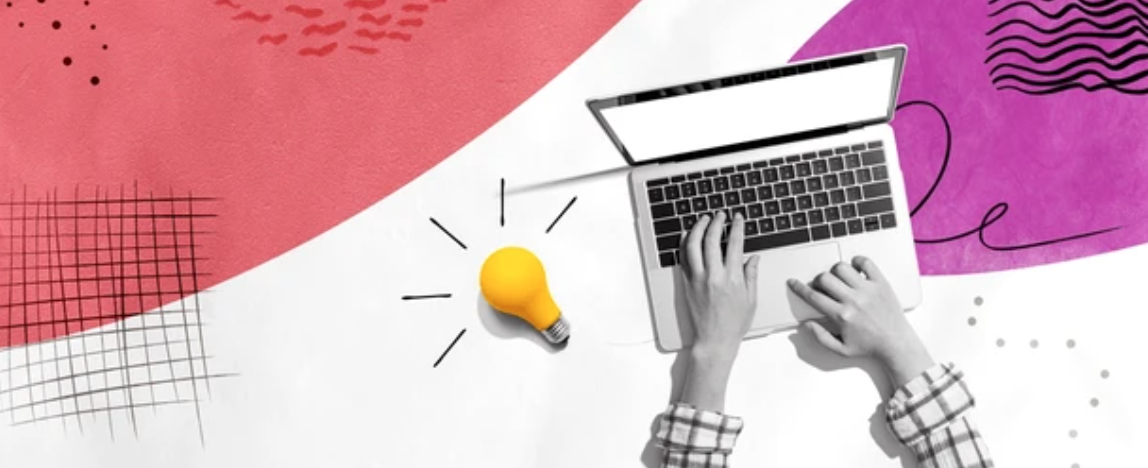
AI-Powered Creativity: The Future of Automatic Image Generation
How will AI shape the future of creativity? Discover the potential of automatic image generation with AI. Explore the innovative world where machines and creativity converge.
In recent years, the rise of artificial intelligence (AI) has opened up new frontiers in creative fields, particularly in automatic image generation. This transformative technology allows machines to generate images that mimic or even surpass human artistic creation. By analyzing vast datasets, AI models can produce intricate and innovative visuals, marking a significant shift in how we perceive art and creativity.
The Mechanics Behind AI Image Generation
One of the most fascinating aspects of AI image generation is the technology behind it. Primarily, these systems utilize generative adversarial networks (GANs), which consist of two neural networks: the generator and the discriminator. The generator creates images, while the discriminator evaluates them against real-world images. This process continues until the generator produces images indistinguishable from real ones.
Additionally, AI models are often trained on extensive datasets to understand various styles and elements of imagery. This allows for the creation of diverse images, ranging from realistic depictions to abstract art. Some of the capabilities of these models include:
- Creating original artworks in various styles
- Replicating specific artistic techniques
- Introducing unique image compositions
Ultimately, the mechanics of AI image generation hinge on the delicate balance of creativity and technology, offering endless possibilities for artists and designers.
Implications for Artists and Designers
The integration of AI into the creative process has profound implications for artists and designers. On one hand, it offers new tools and techniques that can enhance the creative process, allowing for the exploration of new ideas and artistic directions. On the other hand, it raises questions about the role of human creativity in an increasingly automated world.
For many creatives, AI serves as a collaborative partner, providing inspiration and novel ideas that may not have been possible through traditional means. Some key benefits include:
- Accelerating the design process
- Providing new sources of inspiration
- Allowing for the creation of complex visuals with minimal effort
However, the rise of AI-generated art also challenges the traditional notion of authorship and originality, prompting discussions about intellectual property rights and the definition of creativity.
The Future of Automatic Image Generation
Looking ahead, the future of automatic image generation appears both promising and challenging. As AI technology continues to evolve, it is likely to play a more significant role in the creative industries, shaping the way we produce and consume art. Innovations such as improved algorithms, larger datasets, and enhanced computing power will further expand the capabilities of AI in image generation.
Moreover, as AI becomes more accessible, it could democratize creativity, enabling individuals without traditional artistic skills to express themselves visually. This democratization might lead to a more diverse range of creative outputs, enriching the cultural landscape.
While the future holds great promise, it also necessitates careful consideration of ethical and societal implications, ensuring that AI-powered creativity benefits all stakeholders.
Sources:
1. Artificial Intelligence and Machine Learning Journal
2. The Creative AI Report
